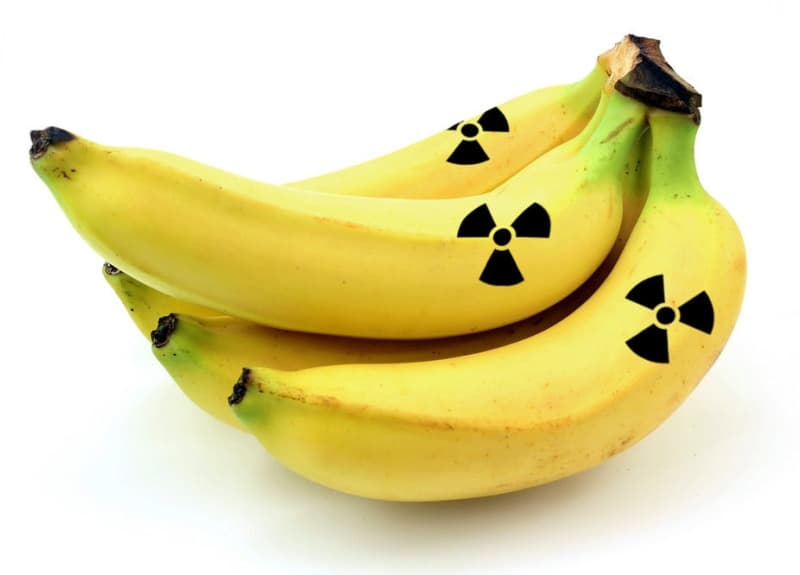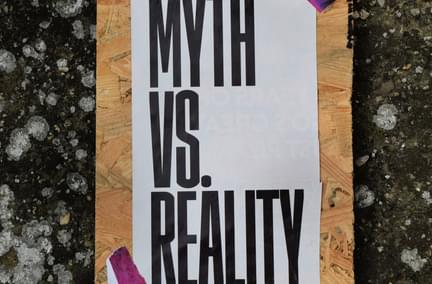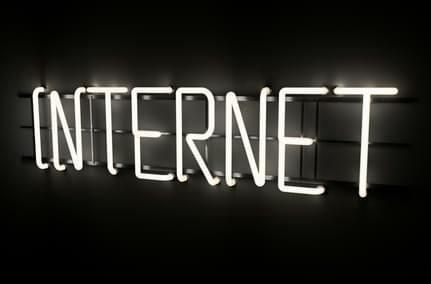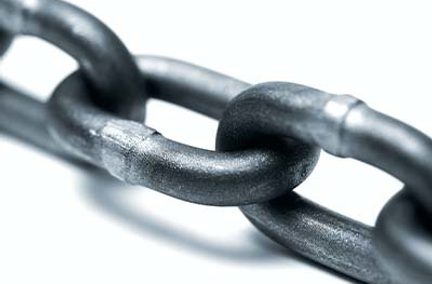How Many Banana Equivalent Doses Is That?
Aug 1, 2023 | Home Technology

Every once in a while, the tech world pulls a funny on the rest of us that is way too silly to ignore. Such is the case with the Banana Equivalent Dose (BED), a highly unofficial measurement of radiation exposure on a scale that can only be explained as a bit fruity. Perhaps you've heard of it. No? Then let us explain.
We recently got a question from a customer about how much potential radiation he might be exposed to by having fiber optic internet in his home. At first, this might seem like a strange question, but there is actually some merit in asking it. Radiation from the internet is a real thing.
Traditional cable internet, which relies on twisted copper wires to bring you Google and the rest of the online world, can give off small amounts of electromagnetic radiation. It's not enough to do any real harm, being well below the international standards for acceptable exposure, but it's there, nonetheless.
Should cable internet customers be concerned? Not really. There are far more compelling reasons to dump cable and switch to fiber internet without worry about radiation: faster speeds, better reliability, more bandwidth, etc. But let's look at the BED in context.
The Banana Equivalent Dose "standard" is based on the fact that bananas, like all living things, give off radiation. In this case, bananas contain a small amount of naturally occurring radioactive potassium-40 (K-40). The average banana contains about 450 milligrams of potassium, of which about 0.0117% is K-40.
How much radiation does a banana give off compared to other things we normally associate with harmful rays? What if we compared bananas to other radiation sources, just for the fun of it? That's the thinking behind the BED.
Here's how the Banana Equivalent Dose stacks up to other common sources of radiation:
Radiation Source |
Equivalent Dose (μSv) |
Comparison to BED (1 banana = 0.1 μSv) |
Banana (average) |
0.1 |
1 banana |
Background Radiation (annual average) |
2,400 - 3,600 |
24,000 - 36,000 bananas |
Chest X-ray |
0.1 - 0.2 |
1,000 - 2,000 bananas |
Transatlantic Flight (single) |
30 - 80 |
300 - 800 bananas |
Smoking 1 pack of cigarettes |
30 |
300 bananas |
Mammogram |
300 |
3,000 bananas |
CT Scan (head) |
1,000 |
10,000 bananas |
CT Scan (abdomen) |
8,000 |
80,000 bananas |
Occupational Exposure Limit (annual) |
20,000 |
200,000 bananas |
Living near a nuclear power plant (annual) |
0.01 - 0.1 |
0.1 - 1 banana |
Coal Power Plant (annual) |
0.3 - 1.5 |
3 - 15 bananas |
Fiber Optic Cable |
0 |
0 bananas (no radiation exposure) |
Interestingly, the average human is more radioactive than a banana. In an ironic twist, one of the most common human radioactive emissions is...wait for it...potassium-40. And just like that, we find ourselves back at the start of the BED standard again.
Clearly, radiation isn't a big concern when chowing down a banana or slicing it into your breakfast cereal. Did you even think about it until now? Probably not. But you will from now on.

So, keep eating your bananas. They are a far better source of good potassium than bad potassium, as the radioactive K-40 would barely register on a Geiger counter, if at all. And neither would a fiber optic cable, which lands at a firm zero on the BED scale.
Stop worrying about how harmful fiber optic internet might be (at 0%) and start enjoying how much better your online life will be once you ditch the cable and flip on the fiber.
And if you happen to own a dog named Banana, as one of our team members does, pet her for us. She radiates copious amounts of cuteness.
- banana equivalent dose
- bananas
- Fiber internet
- cable internet





